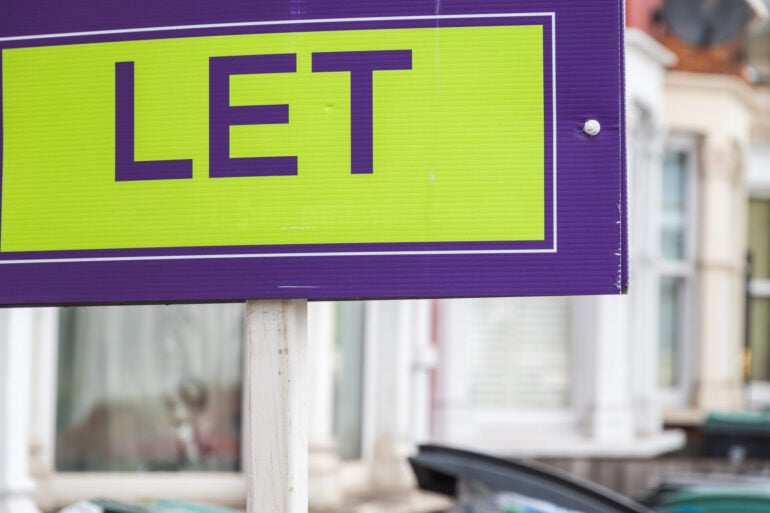Buy-to-let (BTL) lenders are already making changes to the way they lend on properties with lower energy efficiency, research from Cotality found.
The report, ‘Temperature Check 2025: How prepared are buy-to-let lenders for future property risk?’, gathered feedback from credit and risk executives at specialist UK BTL lenders, building societies and banks.
Some lenders said they were already working to reduce their own exposure to “net zero risk” when agreeing new loans.
Others said they planned to use more up-to-date data sources for new BTL lending and refinancing, so they could better assess environmental risks and the energy performance of properties.
Sources of data could include smart meter information, half-hourly electricity usage, weather and flooding data, satellite and aerial imagery, open geospatial datasets, the Government energy performance certificate (EPC) database, and retrofit and building improvement records.
Cotality found that some lenders had not yet decided how the net zero deadlines would affect their future lending.
A large number said their access to useful data was still too patchy for them to make the best decisions.
At the launch of the report this month, representatives from lenders and valuation firms warned there could soon be tough competition to lend on private rented homes with an EPC rating of A, B or C.
This could make it harder for landlords with less efficient properties to get BTL mortgages before the deadlines.
Mark Blackwell, chief operating officer at Cotality UK, said: “There is a clear desire in lenders to act to mitigate the impact of climate change, starting with the climate risk sitting on their own loan books.
“There’s an imminent regulatory deadline that requires them to do it, but during our research we found that without more robust data inputs and better access to model scenarios, many aren’t as far on as they want to be.
“There are ways to address this and our research highlighted that lenders are taking a wide range of approaches.”
Blackwell added: “What was common to all though, is that meeting the challenge of net zero is not straightforward, and it will require the co-operation of all parts of the market to achieve it in such a short time.”




